In a surprising shift that has left many in the aviation industry wondering about the future dynamics between the two biggest players in the Hawaii travel market – Alaska Airlines and Hawaiian Airlines – Alaska now finds itself in the unique position of having two CEOs.
Why did that happen, and what does it mean for both airlines, especially given the arrival of long-time Alaska Airlines executive and pilot Joe Sprague as the new CEO of Hawaiian Airlines? Sprague, a seasoned executive with decades of experience at Alaska, including heading Horizon Air, is set to lead Hawaiian Airlines as its new CEO during a pivotal time going forward. He replaces outgoing CEO Peter Ingram, who received a very generous compensation.
Sprague is no stranger to Hawaiian, however. Since the first announcement of the planned acquisition, Sprague has been headquartered in Hawaii and was in charge of integrating the two carriers before becoming CEO. His expertise in guiding Alaska through its rise to prominence in the Pacific market and other destinations made him a logical choice to lead Hawaiian Airlines during its transitional period.
In an exclusive interview with us, more details of which are forthcoming, Sprague emphasized that Hawaiian Airlines would, by necessity, partially operate independently for at least 12 to 18 months while it remains under its own operating certificate. This buffer period is critical.
Understanding airline operating certificates: Why they matter.
An airline operating certificate is essentially the regulatory approval that aviation authorities require to provide air transportation. In the United States, the aviation authority is the Federal Aviation Administration. Each airline must maintain its own certificate, which outlines key operational, safety, and maintenance protocols.
This certificate is no trivial matter. It defines the airline’s specific permissions, routes, and safety guidelines that comply with FAA regulations. When one airline acquires another, as in the case of Alaska and Hawaiian, they can’t simply combine their operations overnight. Each airline must continue to comply with its respective operating certificate until regulatory authorities approve a new unified certificate.
This leads to a key point: Hawaiian Airlines, now part of Alaska Airlines Holdings, will continue to operate independently with its own certificate for the next 12 to 18 months. During this time, Hawaiian will maintain its distinct routes, branding, and elements of its operational structure. Alaska, for now, will remain focused on its own West Coast-dominant network.
While the merger has been approved, airline operating certificates have not.
Once the FAA and other regulatory bodies approve Hawaiian’s actual absorption under Alaska’s operating certificate, the two airlines will fully integrate as a single certificate operator. Until that happens, Joe Sprague’s role as CEO of Hawaiian Airlines will remain in place as the company navigates the complexities of maintaining two separate operations and preparing for eventual full integration.
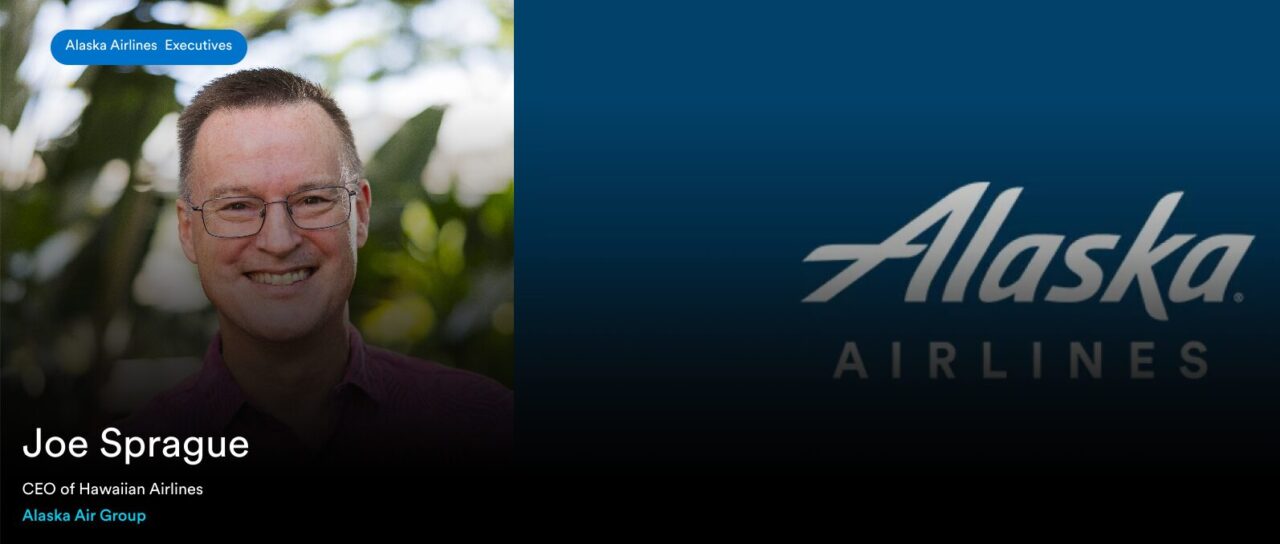

Why two Alaska CEOs?
Both Ben Minicucci, CEO of Alaska Airlines Group, and Joe Sprague, CEO of Hawaiian Airlines, will each remain in charge of managing somewhat independent operations with vastly different networks, fleets, and target markets. Sprague’s role is critical during this transitional period, overseeing Hawaiian’s daily operations and employee relations and maintaining the brand’s strong presence, particularly in Hawaii, the US mainland, and the Asia-Pacific market. Sprague reports to Minicucci.
Installing two CEOs is part of a strategic approach to ensuring smooth, uninterrupted service at Hawaiian. At the same time, Alaska Airlines begins to implement its larger vision for the combined airline, which is large and comprehensive. We went behind the scenes with Joe Sprague yesterday, and we’ll be revealing much more about what’s planned in the days ahead.
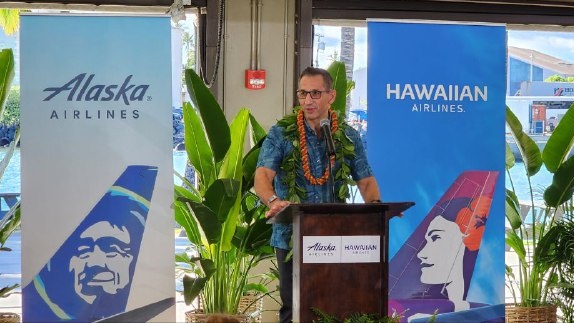

Sprague and Minicucci will continue working together closely during this period, sharing insights, resources, and strategies to align the two airlines’ operational cultures before the final integration. We asked Joe Sprague what would happen after the single operating certificate was approved. He said he isn’t worried about that for now and might be happy to go back into airline retirement in the future.. But for now, he is working extended hours to coordinate the management of Hawaiian Airlines and its integration with the new owner, Alaska Airlines.
The integration process: What to expect.
The integration of Alaska Airlines and Hawaiian Airlines into a single entity is a multifaceted and complex endeavor that extends well beyond the mere combination of routes and fleets. Here’s an overview of key areas to monitor as this merger progresses. Our conversation with Joe provided insights into these aspects, and we’ll share detailed updates on each as they develop.
Fleet Compatibility.
Hawaiian Airlines’ mainland fleet predominantly consists of Airbus widebody and narrow-body aircraft, a stark contrast to Alaska’s exclusive Boeing 737 lineup. This discrepancy poses significant challenges for fleet integration, including aligning training, maintenance, and operational procedures. Addressing these issues will be crucial as they move toward a unified operation and certificate post-merger.
Labor Relations.
The merger will involve intricate negotiations with labor unions representing pilots, flight attendants, and ground crews. Alaska Airlines has committed to retaining all unionized roles post-merger. However, the situation appears more precarious for non-union employees in Hawaii, with significant changes already underway, evidenced by the departure of key figures such as former CEO Peter Ingram. The future for other non-union employees remains uncertain.
Route Optimization.
Alaska Airlines has a strong presence on the West Coast and Pacific Northwest, whereas Hawaiian Airlines specializes in long-haul flights to Asia and the Pacific. Integrating these routes under a single brand poses a strategic challenge, with the goal of optimizing network efficiency without compromising service quality or market reach.
Customer loyalty programs with changes already in effect.
Both airlines boast robust loyalty programs: Alaska’s Mileage Plan and Hawaiian’s HawaiianMiles. The upcoming merger of these programs, sometime in 2025, will aim to streamline benefits, offering a unified rewards system that leverages the strengths of both networks to enhance value for passengers.
For now, customers can transfer miles from Alaska Airlines to Hawaiian Miles and vice versa. That is being permitted on a 1:1 basis, which already means that HawaiianMiles members can access Alaska Air flights and the extensive range of Oneworld members and other Alaska Airlines partners. We were told there will be more news in the next few days in this regard.
What’s next for Hawaiian Airlines?
For the immediate future, Hawaiian Airlines customers can expect “business as usual.” Under the guidance of Joe Sprague and his leadership team, the airline will maintain its unique branding and continue delivering the high level of service its passengers expect.
By merging the strengths of both airlines, customers will benefit from expanded route options, streamlined operations, and unified loyalty programs, among other improvements. This integration aims to optimize resources and enhance the overall travel experience. And, while Hawaiian will undoubtedly evolve in many ways ways to be different than the airline we knew in the past, the Hawaiian brand itself isn’t going anywhere.
As this dynamic landscape evolves, Beat of Hawaii aims to keep you apprised of all the latest developments. Stay tuned for in-depth updates as we navigate these exciting changes together.
We welcome your input and questions.
Get Breaking Hawaii Travel News

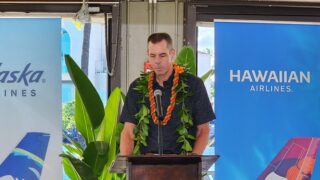
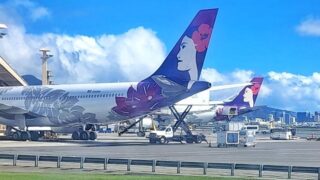
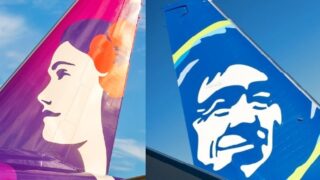
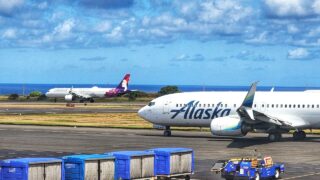
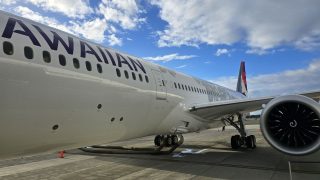
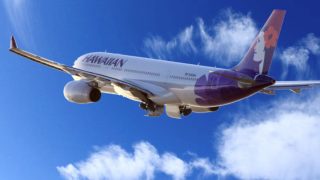
Alaska airlines has IT disruption just a few days after the merger… it’s da menehunes from Hawai’i nei🤙😜
I would expect that all the airbus planes will be sold off / returned to lessors as was the case with the virgin am merger. These will be replaced by max death planes unless boeIng goes bk whichg iven the cash burn is on the table.
Either way you will be layi v 2..3x in higher fares esp out of the pnw which was the case with the vigin am post merger.
The non union workers wil be out replaced by outsourced 3rd world workers esp in it. Expext insanely long call back times, inability of even airport staff to do anyth9 g to help given as soviett top down syructure. And any bad wx in sea
will shut things down for days no matter how warm its 8n hnl.
That’s not all my experiences with Alaska. I don’t know what they will do with Hawaiian’s planes, but Alaska on the mainland takes good care of its planes (albeit after a disastrous crash off California many many years ago). Their online booking and app systems are pretty good compared to most, along with their reward system, and their call system is based in the US with fluent and usually very helpful native English speakers and I rarely wait long for an answer from real live people. I doubt there will be much difference post Hawaiian Airlines coming on board though everything won’t work well overnight. Many fliers based in Alaska’s northwest home territories are avid fans (if that can be said of any airline customers now).
Where can I buy your keyboard? 😄
Ebay k830 would work.nicely unlike my $2000 phonewhose kb blows and lays over much of the text. But godforbid that i could buy hawai triple phone see its bad for cpp to spy but ok if apple or google as they give to pols.
How does Hawaiian justify paying 13M to the person who destroyed the company???
It is a “failure bonus”. Are they calling it that?
I noticed the day the merger went through that Alaska doubled the price of tickets of tickets on Hawaiian Airlines from the mainland to Hawaii. Saver tickets from Seattle to Maui (I fly that route 4 times a year), used to be available at $293 and jumped to $548. You can get cheaper tickets on Alaska Airlines if you want to risk your life flying in one of their Boeing 737 Max Airplanes.
I am definitely going to be making a complaint. Price gouging for sure. I knew there would be repercussions for travelers after this merger.
A consumer can decide where and when to buy products. Hawaiian was losing tons of money. Your round trip ticket would have become one-way or one-way pretty quickly.
Why Alaska paid so much for a money losing operation will be a good business school case study.
One-way or No-way .
When did Ben and Peter agree to the $13 million “severance”?
Why was this payout not disclosed prior to investor and government review?
This “Synergy” smells like the Pidgin word that starts with P and ends with E.
Can you guys interview Peter Ingram? Ask him straight up, what it’s like to sell a historic company in Hawaii and be the only one walking away with a hefty compensation while most suffer. He ultimately couldn’t do the job so he sold the company and dug out with a lot of money. He should of stepped down and have a new face/leader try and bring HA out of this whole instead of selling rich history in Hawaii.
Glad to see Ingram leave!
The changes in software and customer service were a disaster!
Was not impressed with his leadership the last several years!
The combination of both unions under one contract is going to be very interesting to watch. As those who have watched the mergers of airlines in the past, one thing that has impeded the unleashing of savings and efficiencies is the inability of union groups to come together, figure out their seniority lists, and combine them. Other airlines took years before their seniority lists got combined, with certain groups “fenced” from others. The most notable of these was actually a wall between pilots from US Airways and America West, in which both sides never combined their seniority lists and therefore there was a “west” and “east” group that never was able to blend. Will that happen here?
Your point is spot on Stan. So much of the success of this merger depends on the unions ability to facilitate a win/win combination of contracts and seniority lists.
It seems to me Alaska management would be wise to support a joint contract that increases moral rather than try to see it as an opportunity to save a few dollars…the payoff would be substantial.
Peter should use that money to refund all of us customers for his complete failure of the system upgrade. Total disaster.
I have read a lot about Hawaiians being worried about Alaska taking over the interisland flights especially given their importance as a “bus line” between islands.
As a 30 year Alaska Airlines flier who doesn’t live in Seattle or Portland and flew a lot between small cities throughout the Northwest US, I can reassure locals that Alaska, along with their Horizon arm, have been very experienced running flight operations between small population centers, often in miserable weather conditions. As well, they have lots of experience running local flights in Alaska-where anything but air traffic between population centers doesn’t exist (and the weather can be miserable). They generally treat fliers well-better than any bigger US airlines in my more than 1 million mile experience.
Aloha,
We have a monetary credit with Alaska Air. Did they happen to mention if monetary credits can be used to purchase Hawaiian Airlines tickets?
Mahalo for all the important updates and info!